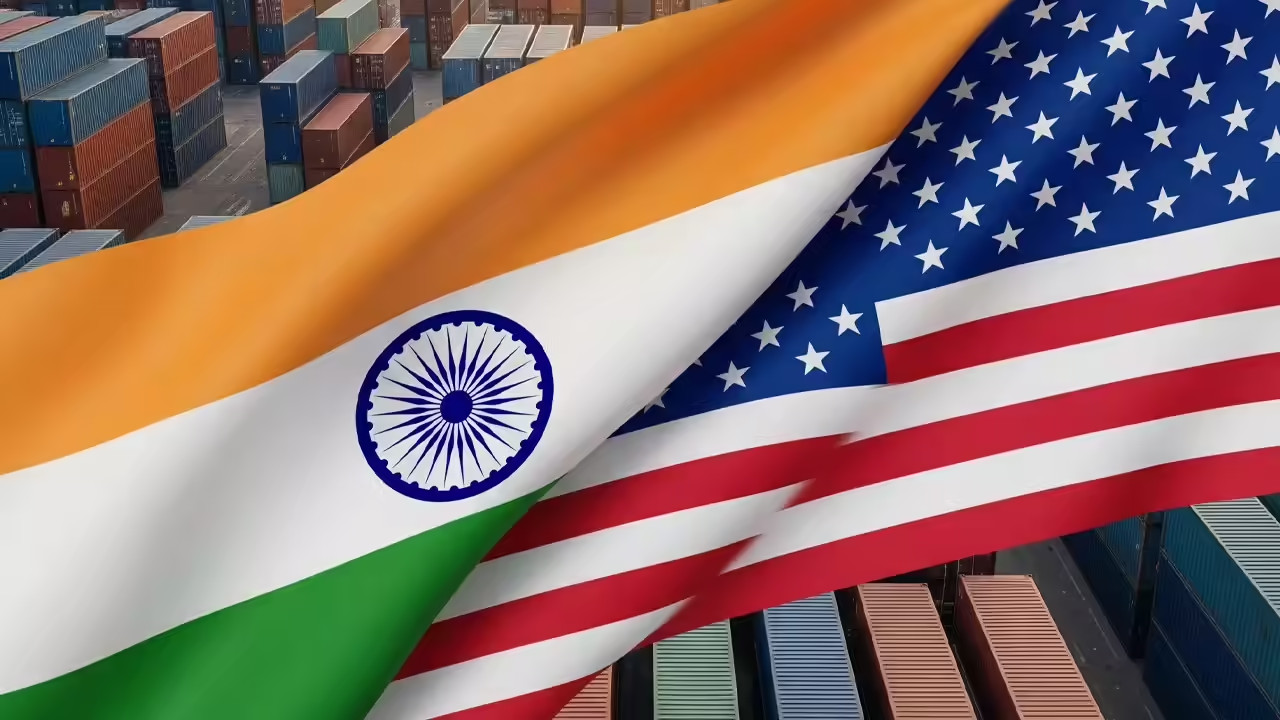India may see a slight edge in certain farm goods. The US has removed some items from its tariff list. This could benefit India’s spice and tea exports. However, gains are limited due to India’s small market share. Larger exporters in Latin America, Africa, and ASEAN are expected to benefit more.
India’s Farm Sector: Navigating the Shifting Sands of US Trade
The world of international trade is a complex dance, a constant negotiation between nations seeking to protect their interests while fostering economic growth. Recently, the United States took a step that could have interesting, albeit likely modest, implications for India’s agricultural exports. The US government has decided to exempt certain items from its reciprocal tariffs, a move that analysts believe could provide a slight boost to specific segments of the Indian farm sector. But what does this really mean for Indian farmers and the broader economy? Let’s unpack it.
The backdrop here is a long-standing trade dispute, where reciprocal tariffs were being considered. These tariffs, essentially taxes on imported goods, were proposed as a countermeasure to what the US perceived as unfair trade practices. Now, the US has walked back some of those potential tariffs, creating a window of opportunity for Indian exporters.
What Goods Stand to Gain?
So, which Indian agricultural products are likely to benefit from this US decision? While a detailed list isn’t publicly available yet, sources suggest that specific fruits, vegetables, and processed food items could see a more favorable trading environment. Think of mangoes, grapes, certain spices, or even processed items like fruit preserves. The reduced tariff burden makes these products more competitive in the US market, potentially leading to increased demand and higher export volumes.

The impact, however, shouldn’t be overstated. The gains are expected to be “marginal,” according to the Global Trade Research Initiative (GTRI). This means that while there will likely be a positive effect, it won’t be a game-changer for the entire Indian agricultural landscape. Factors like existing trade agreements, global demand, and the competitiveness of other exporting nations will still play a significant role.
Why the Limited Impact?
Several factors contribute to this cautious outlook. First, the specific items exempted from tariffs might represent a relatively small portion of India’s total agricultural exports to the US. Second, even with the reduced tariffs, Indian products still face competition from domestic US producers and other international suppliers who may have cost advantages or existing preferential trade deals. The price of fertilizer, for example, directly impacts the cost to produce these goods.
Furthermore, fluctuations in currency exchange rates and evolving consumer preferences in the US market can also influence the demand for Indian agricultural goods, irrespective of tariff levels.
A Window of Opportunity: Optimizing India’s Export Strategy
Despite the projected marginal gains, this US decision presents a valuable opportunity for Indian exporters to refine their strategies and maximize their market share. This could involve focusing on improving the quality and packaging of their products, enhancing their marketing efforts to reach US consumers more effectively, and streamlining their supply chains to reduce costs and improve efficiency. Moreover, businesses can actively explore opportunities to expand their product offerings within the exempted categories.
For example, if specific types of processed foods are benefiting from the exemption, Indian companies could invest in developing new and innovative products within those categories to cater to evolving US tastes. They could also explore collaborations with US distributors and retailers to gain better access to the market. This involves understanding the US consumer’s tastes and how they are evolving.
In addition to focusing on the US market, Indian exporters should also continue to diversify their export destinations to reduce their reliance on any single market. This strategy can help mitigate the risks associated with trade policy changes and economic fluctuations in any one country. For instance, India can strengthen trade relations with other major economies in Asia, Europe, and Africa. Related content, such as analysis of India’s trade relations with the EU, can be found here.
Looking Ahead: Navigating the Future of US-India Trade
The US decision to exempt certain items from reciprocal tariffs is a welcome, albeit small, positive development for India’s agricultural sector. While the gains may be marginal, it presents an opportunity for Indian exporters to optimize their strategies and potentially increase their market share in the US. However, it’s crucial to maintain a realistic perspective and acknowledge that various factors beyond tariffs will continue to shape the dynamics of US-India trade. Ultimately, a proactive and diversified approach, coupled with a focus on quality and innovation, will be key to India’s success in the ever-evolving global marketplace. India must remain adaptable and forward-thinking to thrive in the dynamic landscape of international commerce.






